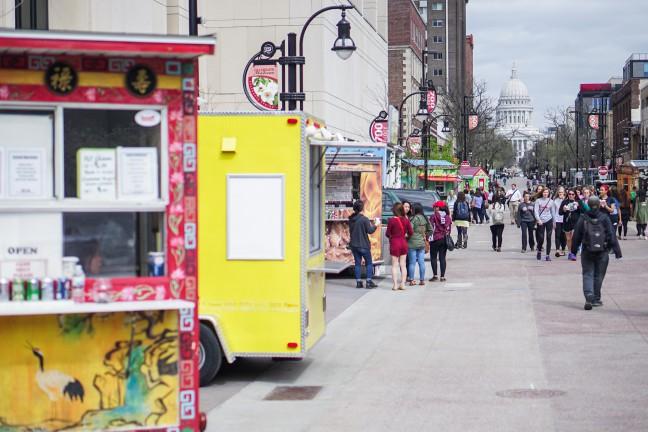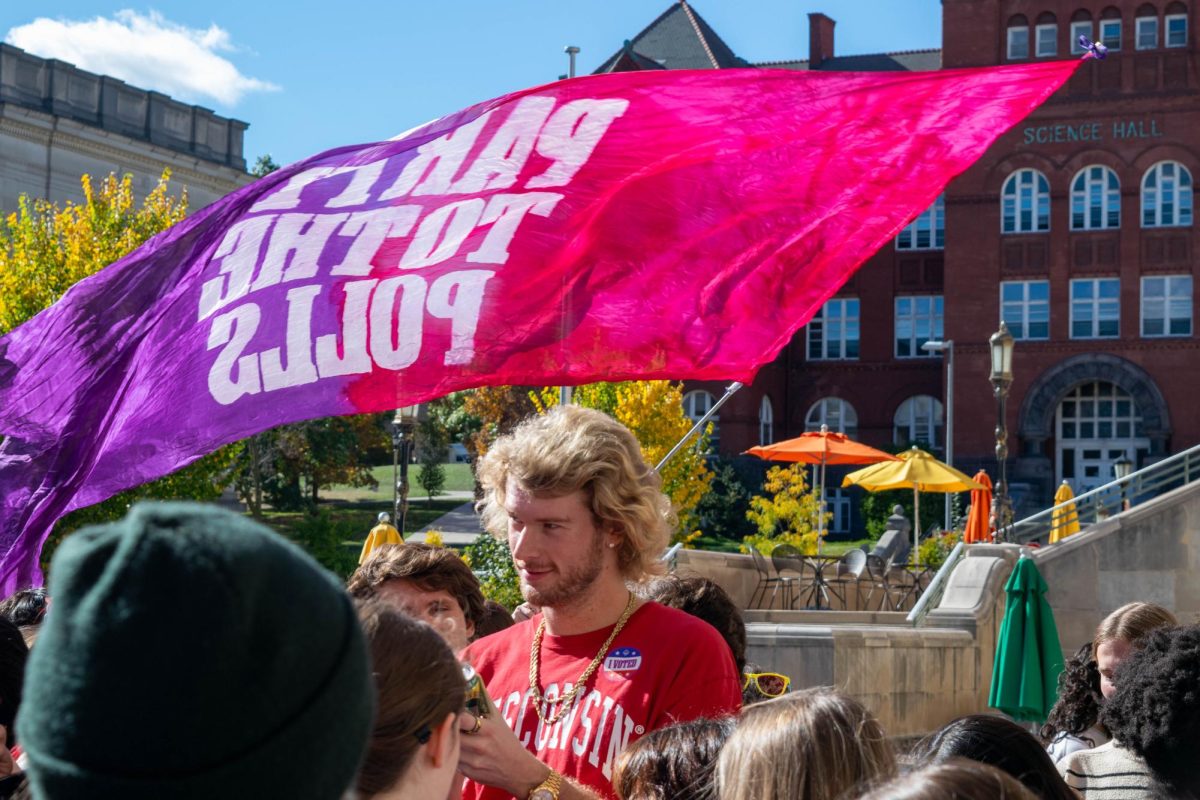
Madison residents gathered at the University of Wisconsin Welcome Center Wednesday to hear conceptual design proposals to rebuild the Charter Street Heating Plant and voice their opinions and concerns about the project.
The meeting kicked off the Environmental Impact Statement process as required under Wisconsin state statute and UW Administration guidelines, according to Ben Peotter of Ayres Associates Environmental Services.
The plant is one of three in the city centrally feeding all the heating and cooling systems for campus buildings, according to Alan Fish, associate vice chancellor for facilities, planning and management.
Currently burning coal, paper pellets, chewed-up tires and natural gas, the plant has been an issue for environmental activists in recent years.
“Historically, until a couple of years ago, we were burning about 135,000 tons of coal every year,” Fish said.
As part of a consent decree with the Sierra Club and Midwest Environmental Advocates, the plant agreed to reduce the amount of coal consumption to 108,000 tons per year while plans were developed for a replacement plant that would not have coal at all.
Last year, the plant burned less than 90,000 tons, according to Fish.
“What we are doing tonight is putting together a plan to completely phase out coal as a fuel at the Charter Street plant,” Fish said.
The new plant could reduce precursors for ozone by up to 90 percent and particulate matter by 50 to 60 percent, according to John Harrod, director of the university’s physical plant.
Harrod added carbon emissions at the plant, though not currently regulated by the United States government, could also be reduced around 50 percent.
The changes talked about at the meeting included building a new boiler that will only burn biomass such as lumber, as well as retrofitting one of the old boilers to burn biomass, while the rest of the plant will be burning natural gas.
Although there is not a very mature market for biomass fuels as of yet, Fish said part of Gov. Jim Doyle’s decision to rebuild the plant was not only to convert it from coal, but also to create a market for renewable biomass fuels.
“That’s a key part of the policy decision behind this big investment — that we wanted to have some Wisconsin-grown fuels supplementing the heating and cooling on campus,” Fish said.
If the plant were to use all its biomass capacity, about half of its output could be supported from biomass fuels, and the other half would be natural gas.
“We know along the way, we’re going to have to build some guaranteed contracts in order to create that market for biomass fuels,” Fish said. “To bring them in … in the fine tradition of Wisconsin co-op, we’re going to have to do business with lots of wood or agricultural products suppliers.”
The $250 million project is targeted to start in May 2010 and is scheduled for completion by December 2013.







